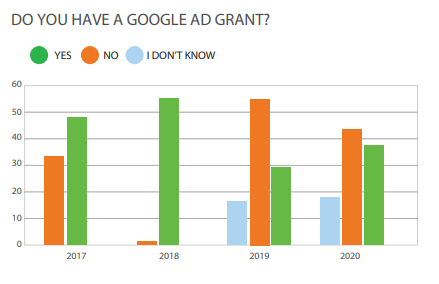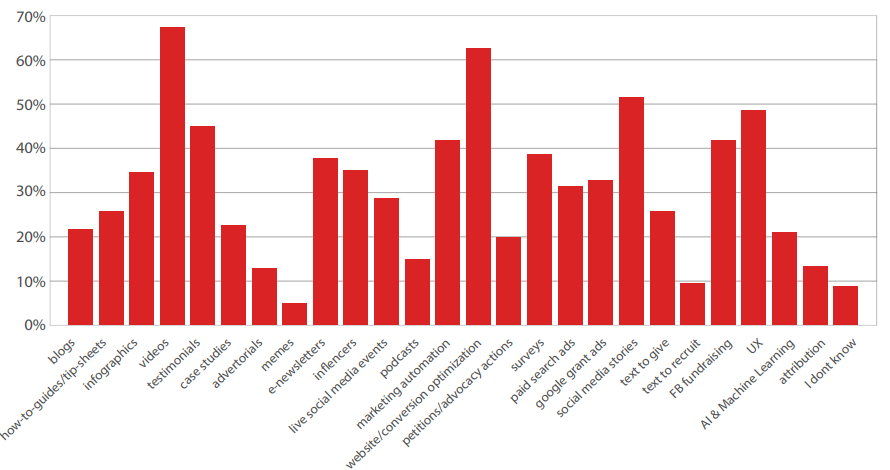Jeong Kwan is a Seon Buddhist monk who can cook. She lives in the Chunjinam Hermitage at the Baegyangsa temple in South Korea, where she cooks for fellow nuns and monks, as well as occasional visitors. Jeong Kwan does not own a restaurant and has no formal culinary training.

In the early weeks of 2015, French chef Éric Ripert wanted the people of NewYork to relish her temple food. Writer Jeff Gordinier was also present to relinquish the fest after Eric personally insisted. Initially, Jeff had refused to attend the event.
Everything changes after Jeff taste Jeong’s food and he writes: “Kwan believes that the ultimate cooking — the cooking that is best for our bodies and most delicious on our palates — comes from this intimate connection with fruits and vegetables, herbs and beans, mushrooms and grains. In her mind, there should be no distance between a cook and her ingredients.”
The cute Buddhist monk is featured in Chef’s Table Season 3 on Netflix. However, she says she is not a chef but a nun. Cooking for her is meditation.
Her cooking isn’t discovering anything new, rather going back to the old ways and working with the ingredients that nature has already provided. Long before the world started talking about slow cooking she has been fermenting food and cooking. Some of the soya sauce she uses are centuries old and is passed on by generations.
Over the last few weeks, I have been hooked to Chef’s Table. It is beautiful, enlightening and so much more than just-food. I was moved by some of the world-renowned chefs trying to bridge the gap between nature and food. It has such a deep connection.
Chasing the old, going back to our roots, and finding meaning is still not out of fashion.
You might be wondering if PN is changing his profession. I love cooking but I am not a chef. Besides, I don’t’ want to give more problems for my parents.
Earlier last week I wrote about my learnings from the 2020 Digital Outlook Report. “34.63% of nonprofits have succeeded in developing a written digital strategy. However, more than half of the respondents (52.38%) still need support.” The findings of this 2020 report are the result of a survey sent out on behalf of the three survey-partner organizations – hjc, Care2, and NTEN.
In my earlier article, I only covered the relationship of nonprofits with digital strategy. However, the report also had insights on how old tricks are still working for nonprofits.
Don’t you see such a cool connection of old tricks being relevant in food and nonprofits?

Google Ad Grant
As humans, we always chase for the fancy gadget/toy that is not with us often ignoring the things that we have. The same is true about nonprofits when it comes to Google Ad Grants.
The results of our 2020 survey show that nonprofits don’t use the Google Ad Grant opportunity. Only 37.36% of organizations will use it in 2020, with the majority not having it at all.

The report informs that it’s perplexing on the surface, but it’s understandable for a sector that is still deficient in digital skillsets (but rising) and digital strategy.
Referring to my earlier article on Google Ad Grants and Nonprofits: “In India Google has tied up with BigTech to support the Google for Nonprofits program by validating Indian charities according to a global standard.”
Once you’re all approved then you can start using Google’s tailor-made products for Nonprofits such as the G Suite for Nonprofits, Ad Grants, YouTube Nonprofit Program, and Google Earth.
Even if you are in two minds in using the Google products but a daily ad grant of INR 25,000/- for text-based ads is not bad at all. Club it will the Facebook grant and voila! you will have traction.
Not just Google, Facebook, Twitter, LinkedIn, and TikTok all have special incentives for nonprofits. Hootsuite has listed down all the social networks and their programs for nonprofits.
Lead generation
During the last five years of the digital outlook report, the surveys have found that content marketing has been one of the primary lead generation strategies for nonprofit organizations in the digital space. However, in 2019 and 2020, the report saw a sharp drop in organizations that use digital content to generate leads with 33% in 2020 compared to 60.26% in 2015.
Similarly, Blogging that has been in demand in 2015 is now completely out of the picture for nonprofits. From my experience, I can say that it is a long term game with no quick returns. Besides the majority of marketers, brands and nonprofits don’t understand how content marketing works, the investments, how to integrate, and how to measure it. Not everything can be defined under the bracket of views.
The report believes this is a decline not based on the effectiveness of these techniques, which continue to provide results that are worthwhile ROI for advocates and donors (whether a single gift or monthly) but instead shifted focus and resourced, perhaps towards something new and shiny.

Surprisingly, 38.13% of respondents don’t know which digital lead generation strategy they are going to test in 2020. The “I don’t know” percentage has been consistent over the last two years.
Email is alive and kicking
Earlier last week one of my favorite tech writers of the present times Casey Newton left The Verge and decided to go independent with subscription-based journalism on Substack.
Talking to Sarah Jeong, Casey talks about the move, the future of tech journalism, and what makes email such a good media format.
I think email is the present. We’ll see how long that present endures. I feel like in media, you’re always having to go find your audience again every six months. But email has been remarkably stable.
The part I love about email is that I don’t need to keep chasing for readers on every social media platform. And then hope they will click and land on another portal. Too much of an ask for someone who is having fun on social media.
“I can reach you directly. I don’t have to chase you on Twitter. I don’t have to chase you on Facebook. I don’t have to hope that my story appears below the Google search box. You and I made this deal that I’m going tell you stuff, four days a week, at 5 p.m. Pacific, and you’re just going to be reading it until it’s too much and you unsubscribe,” says Casey.
In 2020 nonprofits have given preference in deploying strategies for Email and Facebook with 81.32% and 80.77% correspondingly. Twitter, Instagram, and Direct Marketing are showing higher percentages than the past, around 65% each. It’s encouraging to see nonprofit organizations working in more online channels, but that demands greater coordination internally and increased skill sets and resources.
This is the reason why nonprofits are investing in the email along with social media and online advertising. In 2020, nonprofit organizations are going to invest mostly in social media promotion/communication (50.36%), email marketing (36.69%), and online advertising (35.25%).

Additionally, this year charitable organizations are planning to focus more on videos (66.29%), website/conversion optimization (62.50%), social media stories (51.74%), and UX (47.40%).

I don’t have problems with progressive cooking like Gaggan Anand does. His restaurant Gaggan in Bangkok, Thailand was recongnised as Asia’s best restaurant in 2017. You won’t find a chicken tikka and naan in his menu. Indian cooking is much more progressive than “Curry.” His rags to riches story features in Chef’s Table season 2.
Similarly, I don’t have a problem with nonprofits jumping on to new trends. I am also not saying that old tricks only work. Work with what works for your organization and consumers.
Just don’t follow mediums blindly.



